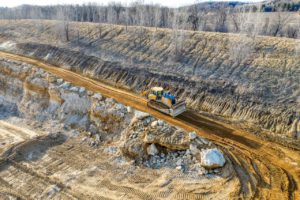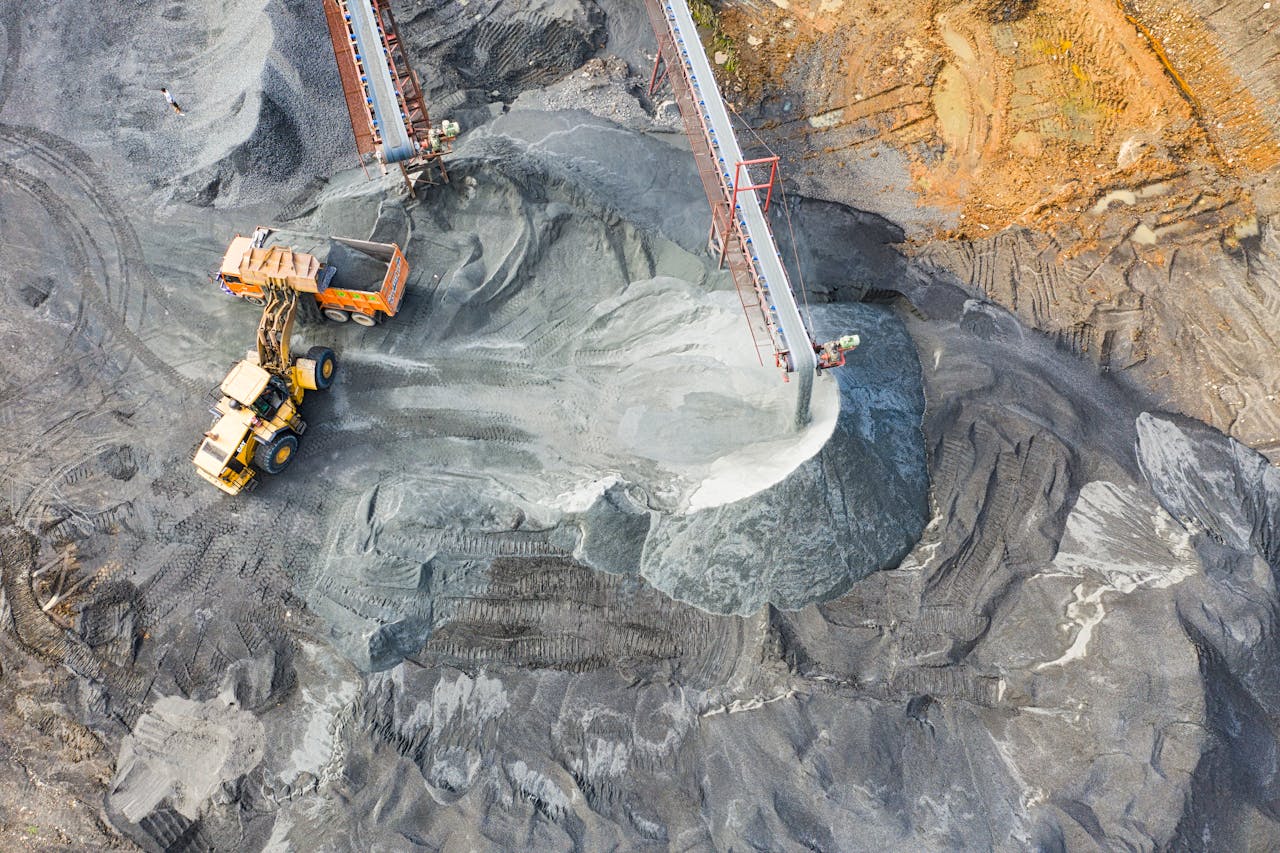In modern construction and infrastructure development, efficiency and safety are paramount concerns. Traditional excavation methods often involve significant disruption, with the potential for damage to existing utilities, pipelines, and other critical infrastructure. However, with the advent of non-destructive vacuum excavation techniques, the industry has witnessed a revolutionary shift towards safer and more precise digging practices.
Non-destructive vacuum excavation, also known as vacuum excavation or hydro excavation, utilizes advanced technology to precisely remove soil and debris without causing damage to underground utilities or surrounding structures. This innovative approach combines high-pressure water or air with a powerful vacuum system to excavate soil, leaving a clean and controlled work environment behind. At the heart of this process lies the vacuum excavator, a specialized equipment designed to deliver unparalleled efficiency and safety in excavation projects.
The primary advantage of non-destructive vacuum excavation techniques is their ability to minimize the risk of utility strikes and associated costs. Traditional mechanical digging methods, such as backhoes or trenchers, pose a significant threat to buried utilities, including gas lines, water mains, telecommunications cables, and electrical conduits. Accidental damage to these vital assets can result in service disruptions, costly repairs, environmental hazards, and even personal injury or loss of life.
By contrast, non-destructive vacuum excavation offers a non-invasive alternative, significantly reducing the likelihood of utility strikes. The process begins with precisely applying pressurized water or air to loosen the soil, creating a slurry that can be easily extracted using the vacuum system. This controlled excavation method allows operators to safely uncover underground utilities with minimal risk, safeguarding critical infrastructure and preventing costly accidents.
Moreover, non-destructive vacuum excavation techniques are particularly well-suited for projects in urban or congested areas with restricted space and access. Traditional excavation equipment often requires large clearance areas, making them impractical for worksites in densely populated or confined spaces. In contrast, vacuum excavators are compact and versatile, allowing them to easily navigate through narrow alleyways, sidewalks, and other tight spaces.
Another critical benefit of vacuum excavation is its minimal environmental impact compared to traditional digging methods. Using water or air to break up the soil instead of heavy machinery reduces soil compaction and disturbance, preserving the natural integrity of the surrounding environment. Additionally, the vacuum system effectively captures and contains excavated material, preventing soil erosion, runoff, and contamination of nearby water sources.
Furthermore, non-destructive vacuum excavation techniques offer significant time and cost savings over conventional digging methods. The precise nature of the excavation process reduces the need for manual labour and minimizes the risk of project delays due to utility strikes or unforeseen obstacles. Additionally, accessing underground utilities quickly and safely enables contractors to complete projects more efficiently, resulting in lower operational costs and increased profitability.

Moreover, the versatility of non-destructive vacuum excavation extends beyond utility locating and excavation. It also finds application in various industries, including landscaping, archeology, and environmental remediation. In landscaping projects, vacuum excavation proves invaluable for precise digging around tree roots or delicate underground structures without causing damage. Similarly, in archeological endeavours, where the preservation of artifacts is paramount, vacuum excavation allows researchers to unearth relics with meticulous care and precision.
Non-destructive vacuum excavation techniques are crucial in environmental remediation, particularly in cleaning contaminated sites. By precisely removing soil and debris without disturbing underlying pollutants, vacuum excavators help mitigate the spread of contaminants and facilitate more effective remediation processes. This environmentally friendly approach minimizes the risk of further environmental damage and accelerates the restoration of affected ecosystems.
Furthermore, the adoption of non-destructive vacuum excavation techniques is steadily gaining momentum across the construction and utility sectors, driven by an increasing emphasis on safety, efficiency, and environmental stewardship. Regulatory bodies and industry standards recognise the benefits of these innovative methods, leading to their incorporation into best practices and project specifications. As awareness grows and technology continues to evolve, non-destructive vacuum excavation is poised to become the go-to solution for various digging and excavation challenges, revolutionizing how we approach construction and infrastructure development in the 21st century.
Moreover, ongoing advancements in non-destructive vacuum excavation technology continually enhance its capabilities and expand its range of applications. From developing more powerful vacuum systems to integrating advanced sensing and mapping technologies, such as ground-penetrating radar and GPS, these innovations are further improving the accuracy, efficiency, and safety of excavation projects. As a result, non-destructive vacuum excavation is becoming more effective at uncovering buried utilities and enabling more precise site assessments, utility mapping, and underground infrastructure planning, ultimately contributing to more intelligent, more sustainable development practices.
In conclusion, non-destructive vacuum excavation represents a transformative advancement in excavation and construction. This innovative approach offers unparalleled safety, precision, and efficiency in digging operations by harnessing the power of advanced technology, including vacuum excavators. Whether uncovering buried utilities, installing new infrastructure, or conducting site assessments, non-destructive vacuum excavation techniques provide a more innovative and safer alternative to traditional digging methods, paving the way for a more sustainable future in construction and infrastructure development.



